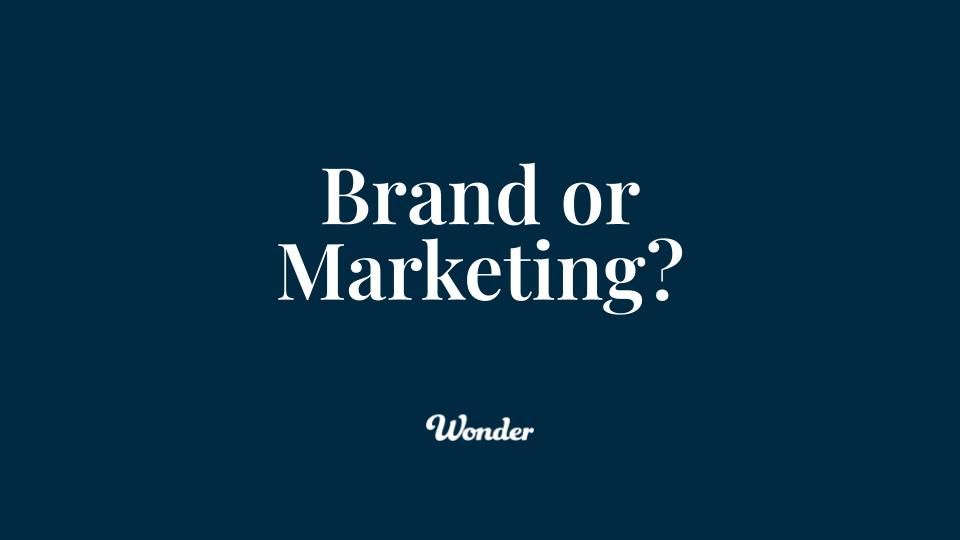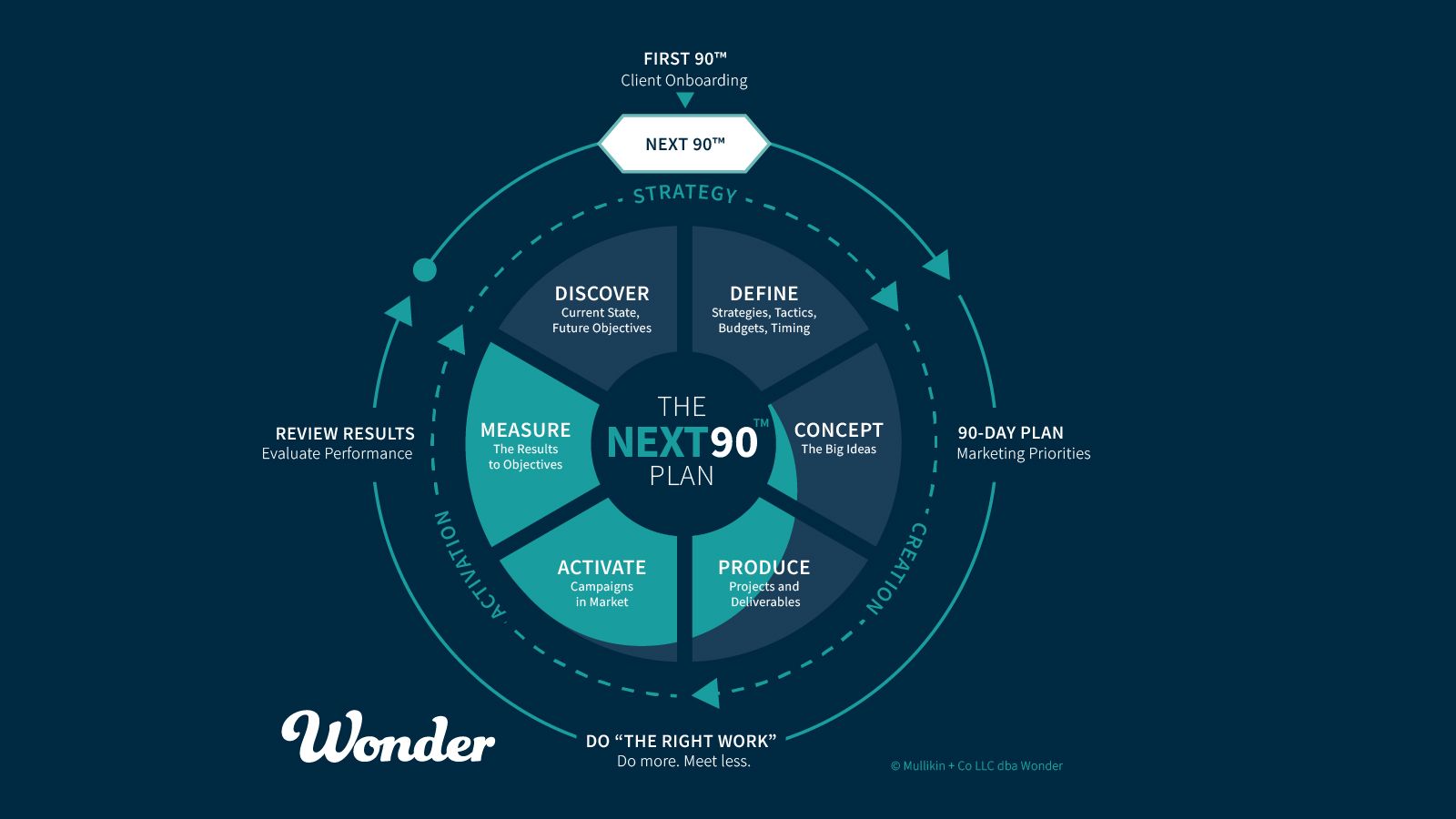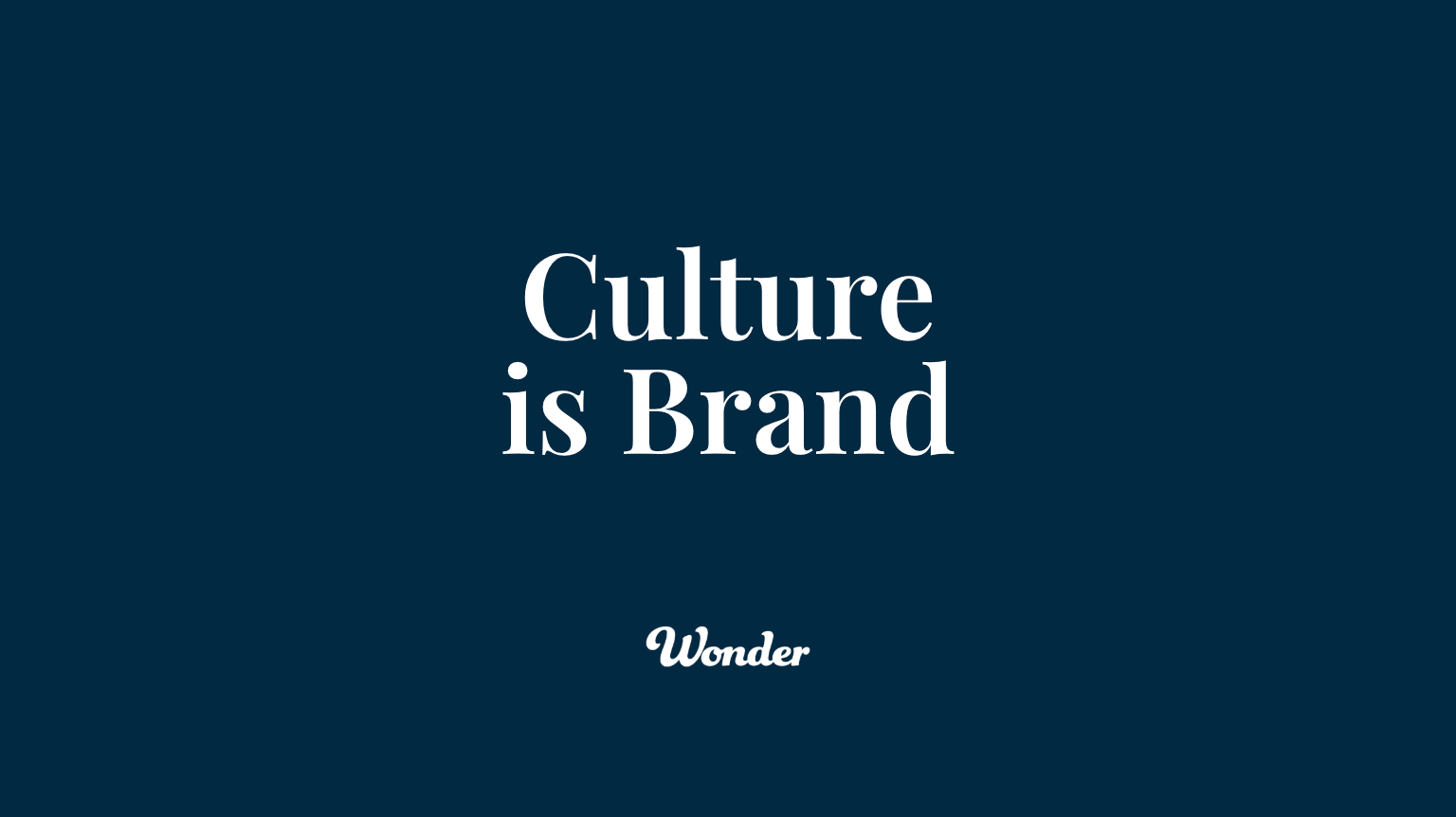
Sometimes qualifying your prospects who are interested in paid search or SEO services can be heard. To make it more relatable, let's use an analogy: think of paid search as buying apples and organic search, or SEO, as planting an apple orchard.
If a clients need results today, they may be best served with paid search - or buying apples today at retail prices. If they're looking further out, and desire a longer-term competitive advantage and can postpone the immediate ROI, then organic search, or search engine optimization, may be a better bet - it's more like growing apples.
Should we recommend Paid Search or SEO?
Buying Apples Today: Paid Search
When a prospect or client expresses interest in paid search, it's like they need apples today. They want immediate results, and they're willing to pay for it. Here are the key reasons why this might be the best option for them:
- Instant Visibility: Just like finding apples in the store, paid search gives businesses immediate visibility on search engine result pages.
Targeted Traffic: With paid search, businesses can target their ads towards a specific audience based on factors like location, demographics, and even the time of day.
Control Over Budget and Bidding: Paid search allows businesses to control how much they spend. They can set a budget cap to ensure they don't overspend and can adjust their bidding strategy based on the performance of their ads.
Tracking and Measurability: Paid search campaigns are highly measurable. Businesses can track the number of clicks, conversions, and the return on investment (ROI) with precision.
Boost Short-Term Sales: If a business has a seasonal product or a time-sensitive offer, paid search is an excellent way to drive short-term sales.
Increased Brand Awareness: Although the short-term ROI can measured quickly, paid search also provide potentially millions of brand impressions that in essence has no cost at all.
Planting an Apple Tree for Tomorrow: Search Engine Optimization
On the other hand, when a prospect is interested in their Google rankings, they're thinking long-term. They want to plant an apple tree today, knowing it will yield a steady supply of apples in the future. Here are some reasons why SEO could be their best bet:
- Sustainable Visibility: Once a website ranks high in organic search results, it tends to stay there for a while. This leads to sustained visibility without the ongoing cost of paid media or paid search campaigns.
Builds Trust and Credibility: Users tend to trust organic search results more than paid ads. Ranking high in organic search signals to users that your site is a credible source of information.
Cost-Effective in the Long Run: While SEO requires an upfront investment, it’s often more cost-effective over the long haul. Unlike paid search, organic traffic from search rankings are free, so your cost per acquisition decreases over time.
Improved User Experience: A well-optimized website is not just search-engine friendly but user-friendly too. Good SEO practices improve site speed, usability, and mobile-friendliness.
Long-Term Growth: SEO, like planting an orchard full of trees, is a long-term investment. It might take some time to see results, but once it starts bearing fruit, it provides a steady flow of organic traffic and leads.
Buying Apples Today and Planting an Orchard for Tomorrow: A Combined Approach
In some cases, your clients might benefit most from a combined approach — buying apples today (paid search) while planting an apple orchard for tomorrow (SEO). This strategy provides the instant results of paid search with the sustainable, long-term benefits of SEO. Here are some reasons why this approach could be their best bet:
- Balancing Short and Long-Term Goals: By using both strategies, businesses can meet their immediate sales targets while also laying the groundwork for future, organic growth.
- Insights and Data: Running paid campaigns can provide valuable data and insights that can be used to inform and optimize the SEO strategy. You get to know which keywords are performing well, what language resonates with your audience, and which demographics are more likely to convert.
- Visibility Boost: Combining SEO with paid search can enhance a brand's visibility on the search engine results page, increasing the likelihood of click-throughs. Your brand appears both in the paid ad section and in the organic results, which can boost your credibility and reach.
- Mitigate SEO Volatility: Search engine algorithms change frequently, which can impact your organic rankings. Paid search ads can help to maintain your visibility and traffic during these periods of SEO volatility.
- Holistic Strategy: A combined approach ensures you have a more holistic digital marketing strategy. You’re not putting all your eggs in one basket, but leveraging the strengths of both paid search and SEO.
So, How About Those Apples?
In the world of digital marketing, understanding whether your prospects are looking to 'buy apples today' or 'plant an orchard for tomorrow' is crucial to guiding them to the right solution. Both paid search and SEO have their strengths and are suitable for different situations. It's all about identifying the needs of your prospects and aligning them with the right approach to meet their objectives. As an agency partner, your job is to help them understand which option is best for their unique situation and make sound recommendations to help them reach their goals.

By Mark Henderson
•
March 10, 2025
In B2B sales, the traditional approach has been clear-cut: marketing drives awareness and generates leads, while sales takes those leads and closes deals. But the reality is more complex. Buyers don’t move through a predictable funnel, and purchase decisions aren’t made in isolation. This is where Account-Based Marketing (ABM) changes the game. Rather than focusing on individual leads, ABM aligns sales and marketing around target accounts—companies that fit the ideal customer profile (ICP). It’s a dynamic, data-driven approach that helps teams work together to engage prospects throughout their entire buying journey. Account-Based Marketing (ABM): Not a New Idea, But a Better Execution The concept of ABM has been around for years—previously known as “Key Account Marketing.” What’s different today is the power of digital data and technology. With a combination of first-party and third-party data, advanced targeting, and personalized messaging, ABM enables teams to: Identify the right accounts with precision Engage the full buying team within each organization Deliver the right message at the right time based on where each prospect is in their decision-making process By focusing marketing efforts on accounts that sales has already prioritized, ABM ensures that resources are spent on the highest-value opportunities. Why ABM Works Better for B2B Sales 1. B2B Buying Decisions Are Made by Committees Very few B2B deals are decided by a single person. Instead, purchase decisions often involve 8 to 13 stakeholders across different roles: Initiators - those who start the buying process Researchers - team members gathering vendor options Influencers - stakeholders pushing for features they favor Decision-makers - leaders signing off on the purchase Traditional marketing often targets just one individual, but ABM engages the full buying committee, ensuring the right people receive relevant content and messaging throughout their journey. 2. ABM Uses Data and Technology to Deliver Meaningful Engagement One of ABM’s biggest advantages is its ability to meet buyers where they are—not just with broad awareness campaigns, but with targeted content tailored to their stage in the buying process. Using marketing automation, CRM data, and intent-based signals, ABM delivers messaging that speaks to the unique priorities of each stakeholder—whether they’re just starting research or narrowing down vendors. The result? Higher engagement, shorter sales cycles, and stronger conversion rates. Account-Based Marketing: A Smarter Way to Drive B2B Growth ABM isn’t about generating more leads—it’s about generating the right opportunities. By aligning sales and marketing around a focused list of high-value accounts, engaging full buying teams, and leveraging data-driven insights, ABM helps B2B companies win more deals with the right customers. If you’re ready to refine your sales and marketing strategy with ABM, let’s start the conversation. Let’s talk.

By Jami Mullikin
•
February 13, 2025
Are we a brand agency or a marketing agency? At Wonder, we’re a strategy, marketing, and media firm that helps visionary B2B brands grow. We break down the key differences between brand strategy and marketing execution, explain our Next 90™ Marketing Operating System, and share what to look for when hiring a brand agency. Plus, take our free Brand Health Assessment to see if your brand needs a strategic refresh.

By Jami Mullikin
•
February 10, 2025
Strong brands start from the inside out, ensuring clarity, trust, and long-term value. Our Brand Health Assessment helps measure internal alignment across leadership, messaging, perception, and consistency. Take the free assessment to uncover strengths, identify gaps, and track your brand’s health over time.

By Jami Mullikin
•
February 2, 2025
In most organizations, marketing teams are expected to do a lot with very little. They’re often under-resourced, understaffed, and stretched thin. In these situations, every person, every penny, and every strategic priority must be planned wisely. But how do we ensure that the work we’re doing today builds momentum for desired results 18-36 months from now? At Wonder, we believe that brands are built from the inside out. If we want to market effectively tomorrow, we must first have absolute clarity on who we are today. Building from the Core The foundation of any strong brand starts with Core Values. These values define who we are, how we operate, and what we stand for. Once we’re clear on that, we can establish our Core Focus—a concept from EOS® (Entrepreneurial Operating System®) that helps businesses define their niche and target market. With our values, purpose, and vision in place, we can build out the critical elements of our brand: Brand Pillars – What makes us different and why our audience should care. Brand Personality – How we communicate and our voice and tone. Brand Promise – The commitment of value we make to our customers. This foundation is what we call the Brand Platform, and it gives us the clarity we need to move forward strategically. Marketing with a Clear Vision Once we’ve established our brand foundation, we can start looking ahead: 5-10 Year Vision – Where is the organization (brand) headed long-term? 3-Year Picture – What does success look like in the mid-term? 1-Year Marketing Activation Plan – A focused, strategic approach to marketing for the next 12 months. The Marketing Activation Plan is where strategy meets execution. It aligns 4-6 key objectives with 4-6 strategic initiatives, ensuring that marketing is leveraging its resources—time, talent, and budget—in the smartest way possible. This plan is structured over 12 months with clear quarterly priorities, keeping the team focused and accountable. The Next 90™ Marketing Operating System: A Smarter, Healthier Way to Market for the Short and Longterm Marketing isn’t about one-off campaigns or disconnected initiatives. It’s about continuous, focused action. That’s why we built the Next 90™ marketing operating system. Our process starts with the First 90™, where we onboard clients by balancing immediate marketing activities with long-term strategic planning. At the end of this phase, our clients receive a One-Year Marketing Activation Plan and a set of Next 90™ priorities—a clear roadmap of projects and initiatives to drive growth one quarter at-a-time. By aligning marketing with long-term vision and mid-term sales objectives, we ensure that every move we make today builds the future we want tomorrow. The result? Smart, strategic marketing that makes a lasting impact—with sales and marketing working together toward the same end goal. Want to learn how the Next 90™ can help your business? Let’s talk.

By Jami Mullikin
•
January 11, 2025
Changing an organization’s culture is no small task. It requires commitment, clarity, and visible proof of change. Whether you’re looking to turn around a struggling business or simply realign your team with a stronger sense of purpose, two key levers— rebranding and leadership change —can catalyze meaningful cultural transformation. For organizations running on EOS®, culture change aligns with the foundational values of Vision , Traction , and Healthy . Vision provides clarity on where you’re going and why it matters, Traction ensures you take consistent action to move forward, and Healthy focuses on building a cohesive team and culture. Together, these values set the stage for a thriving organization. Here’s how rebranding and leadership change can help reshape your culture while staying aligned with these EOS principles. Rebrand: A Visible Recommitment to Values A rebrand isn’t just a new logo or website—it’s a visible recommitment to your values. It’s a statement to employees, customers, and stakeholders that the organization is evolving, and it provides clear evidence of that change. But here’s the key: a rebrand must be authentic. If it’s simply a cosmetic update with no deeper alignment to the organization’s values, it will fall flat. Successful rebrands are built from the inside out, starting with a reassessment of your purpose, core values, and vision. At its best, a rebrand embodies the EOS concept of Vision : aligning everyone in your organization around a shared understanding of where you’re going and how you’ll get there. A rebrand signals: A recommitment to what matters most to your organization. Alignment between your internal culture and external messaging. A clear direction for where you’re headed and why it matters. Remember, marketing is an activity, but brand is an interaction. While marketing messages can evolve with trends and market demands, your brand is grounded in the values and culture that define your organization. An effective brand strategy should provide 10+ years of runway toward a clearly defined vision, ensuring consistency and building trust over time. Leadership Change: Leadership Committed to Change In any organization, culture starts at the top. When a new leader steps in—whether it’s a Visionary or Integrator in an EOS® company or a new President or CEO in a non-EOS organization—it represents a tangible commitment to change. A leadership change is one of the most visible signals that an organization is serious about transforming its culture. But for it to work, the new leader must embody the values and vision that the organization is striving for. Their actions, decisions, and communication style set the tone for the rest of the team. Here’s why leadership change works: It resets expectations. A new leader often brings a fresh perspective and an opportunity to realign the team. It inspires confidence. Employees, customers, and stakeholders see visible proof that the organization is committed to improvement. It reinforces accountability. New leadership often comes with new goals, priorities, and a recommitment to delivering on the organization’s promises. Leadership changes are deeply tied to the EOS value of Traction , as they create momentum and accountability for executing on your vision. By ensuring the new leader is aligned with your values and vision, you can build a stronger, more cohesive culture. Values-Driven Culture: The Key to a Healthy Organization At the heart of both rebranding and leadership change is a commitment to values. In EOS, Healthy is about fostering a culture of trust, transparency, and collaboration. A healthy culture ensures that your team isn’t just aligned on goals—they’re engaged and thriving as they work toward them. While marketing value propositions may ebb and flow with the market, your brand should be driven by values that rarely change. These values provide the compass for decision-making, hiring, and customer engagement, ensuring that your culture evolves in a way that stays true to who you are. When combined with a clear vision and effective brand strategy, this values-driven approach gives your organization the consistency and clarity needed to thrive to achieve even bigger, hairier, audacious goals. Does Your Culture Need to Change? If your culture needs a shift, maybe it’s time to consider a rebrand. At Wonder, we specialize in helping organizations activate their brand from the inside out—connecting their purpose, values, and vision to their culture and customer experience.

By Jami Mullikin
•
January 9, 2025
Core values are not just words on a wall—they’re the foundation of your organization’s identity, culture, and brand. When crafted thoughtfully, they guide decision-making, shape company culture, and attract the right people to the right seats on your team. But creating authentic core values that truly resonate with your team and brand takes intention, collaboration, and time.
